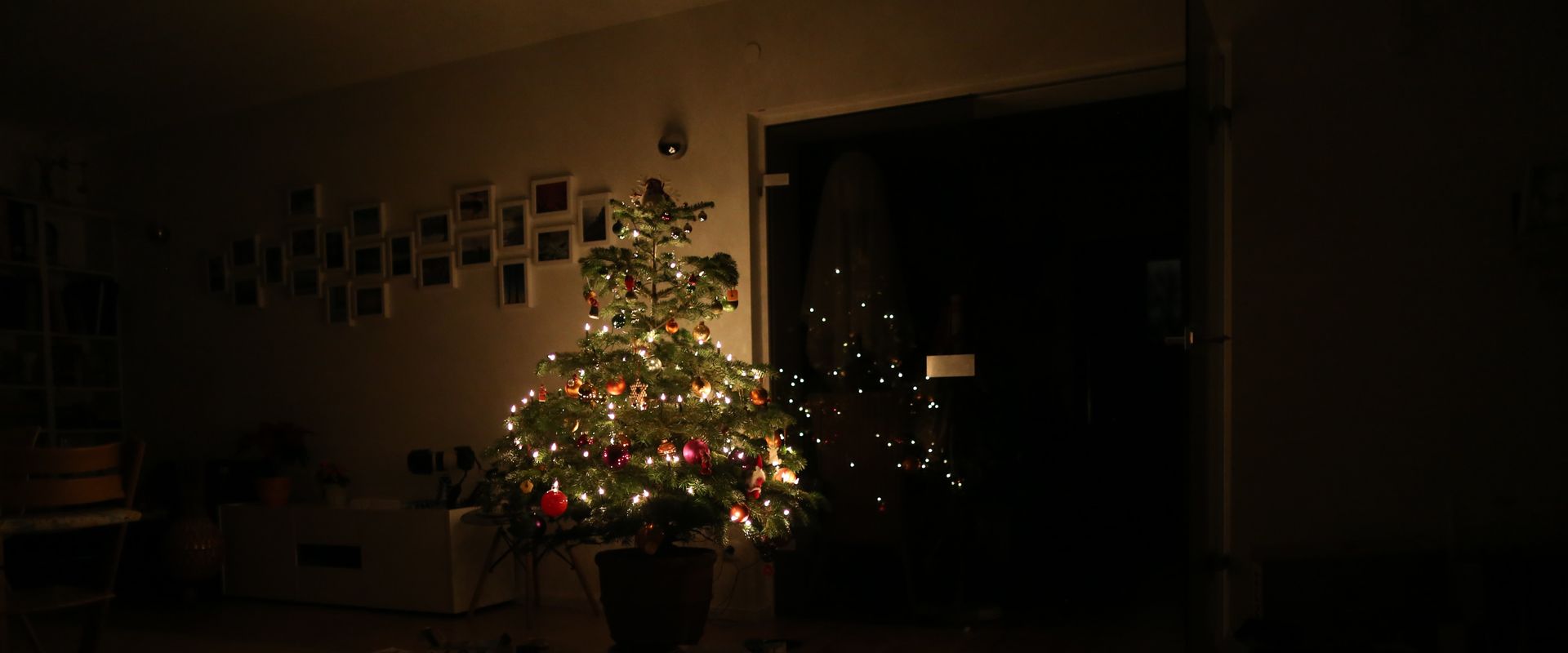There was nothing spectacular about Jesus’ physical form that set him apart as the harbinger of hope and healing. No star value, celebrity status, or well-crafted brand identity. As Isaiah described, more than 700 years before Jesus’ earthly birth:
… like a young plant and like a root out of dry ground; he had no form or majesty that we should look at him, nothing in his appearance that we should desire him … we held him of no account. (Isa 53:2–3)
Jesus didn’t appear as the conquering king whom so many awaited. He was neither comely nor regal, but pedestrian and lacking in institutional power. With a vulnerable body and susceptible emotions — like yours and mine — he took the form of a suffering servant, assuming human likeness. As the popular architectural axiom goes, “form follows function,” and in the case of Jesus, his embodied presence was perfectly suited for the salvation of the world, for, in fully revealed and authentic humanity, Jesus bore “our infirmities and carried our diseases … he was wounded for our transgressions, crushed for our iniquities; upon him was the punishment that made us whole, and by his bruises we are healed” (Isa 53:4–5).
In fact, a look into that architectural axiom can help us understand the significance of Jesus’ arrival. This meeting of form and function, in humanity meant to redeem humanity, stands in direct contrast to the ways in which we have grown accustomed to experiencing the world — by what we see and what we can understand.
Hidden in modernity
Jane Jacobs, the great urban planner and activist of the 20th century, found inspiration by visiting galleries showcasing historic tools and machines. In a 2001 interview, she lamented the effect that modern design had on these technologies. Modern city design, she noted, concealed the magic behind the curtain, or the key to understanding what made any of these things tick. She observed these deleterious changes in rail transit.
I used to like to go to the railroad station in Scranton and watch the locomotives. I got a big bang out of seeing the locomotives and those pistons that moved the wheels. And that interested me: how they were moved by those things and then the connection of that with the steam inside, and so on. In the meantime, along had come these locomotives that had skirts on them, and you couldn’t see how the wheels moved, and that disturbed me. And it was supposed to be for reasons of aerodynamics, but that didn’t make sense. And I began to notice how everything was being covered up, and I thought that was kind of sick.
The streamline moderne of the 1930s, the architectural style Jacobs describes here, was a late form of art deco, an architectural style that emerged in Germany in the early 1900s. Streamline moderne modeled itself after the ocean liners and automobiles of the era, aiming to signal strength, speed, and movement. Its widespread impact influenced industrial design, architectural styles, and formal architectural training for decades to come. The style put forward a pretense of efficiency and simplicity, in elongated horizontal lines, curved architectural forms, and frames designed to conceal the mechanics.
Wonder obscured
This barrier extends far beyond architecture and industrial design. In fact, the same visual concealment and obfuscation permeate the forms of work we value today — a pretense of perfection that can obscure wonder by keeping the inner workings of anything a mystery. In his ode to the manual trades, Shop Class as Soulcraft: An Inquiry into the Value of Work, Matthew Crawford, philosopher and motorcycle repairman, explains:
The disappearance of tools from our common education is the first step toward a wider ignorance of the world of artifacts we inhabit. And, in fact, an engineering culture has developed in recent years in which the object is to ‘hide the works,’ rendering many of the devices we depend on every day unintelligible to direct inspection.
Concealment can be even more pernicious, denying access and agency to those who are willing (and able) to understand and repair.
Crawford illustrates: As part of this long devaluation of the mechanical arts, many Mercedes motorcycles don’t have a dipstick to check the oil, making lubrication no longer the worry of the owner but one outsourced to a technician once a light on the dash appears. Like Jacobs, Crawford asks: Does this dislocation of agency bring freedom? Yes and no. The owner has “gained a kind of independence by not having to futz around with dipsticks and dirty rags,” but he now finds himself increasingly dependent on others to service his motorcycle. To the owner, because he cannot know, the workings are even more unintelligible.
Author and Norwegian master carpenter, Ole Thorstensen, in his book, Making Things Right: The Simple Philosophy of a Working Life, observes the same: “The fundamentals of production are being further and further removed from sight. We know less and less about it. We shield ourselves from noise and dirt, and our attitude toward practical work is another example of this distance.”
Wonder revealed
In contrast to the facades of modern design, obfuscating mechanics of men, there is no veil obscuring the work of God and his world. By incarnation, Jesus arrives in perfect, unconcealed form. The pillar of cloud covering the tent of meeting has permanently lifted through Jesus himself, and all have full access to the Divine.
Truly the only way to carry out God’s mission was for the Messiah to meet humanity with humanness, to come to earth in gritty earthly poverty, as a fragile infant to a young mother in an unfavorable location, attended by lowly shepherds, as the hymn says, “please with us in flesh to dwell, Jesus our Immanuel.”
Advent is the beginning of the Christian liturgical calendar, a season of preparation and waiting, the hopeful expectation of the incarnation, embodiment, and revelation of the Christ child.
Part of the wonder of Christmas, then, is that in the miracle of Christ’s coming unadorned, unconcealed, and wholly vulnerable, the veil between our humanity and his renown is lifted.


